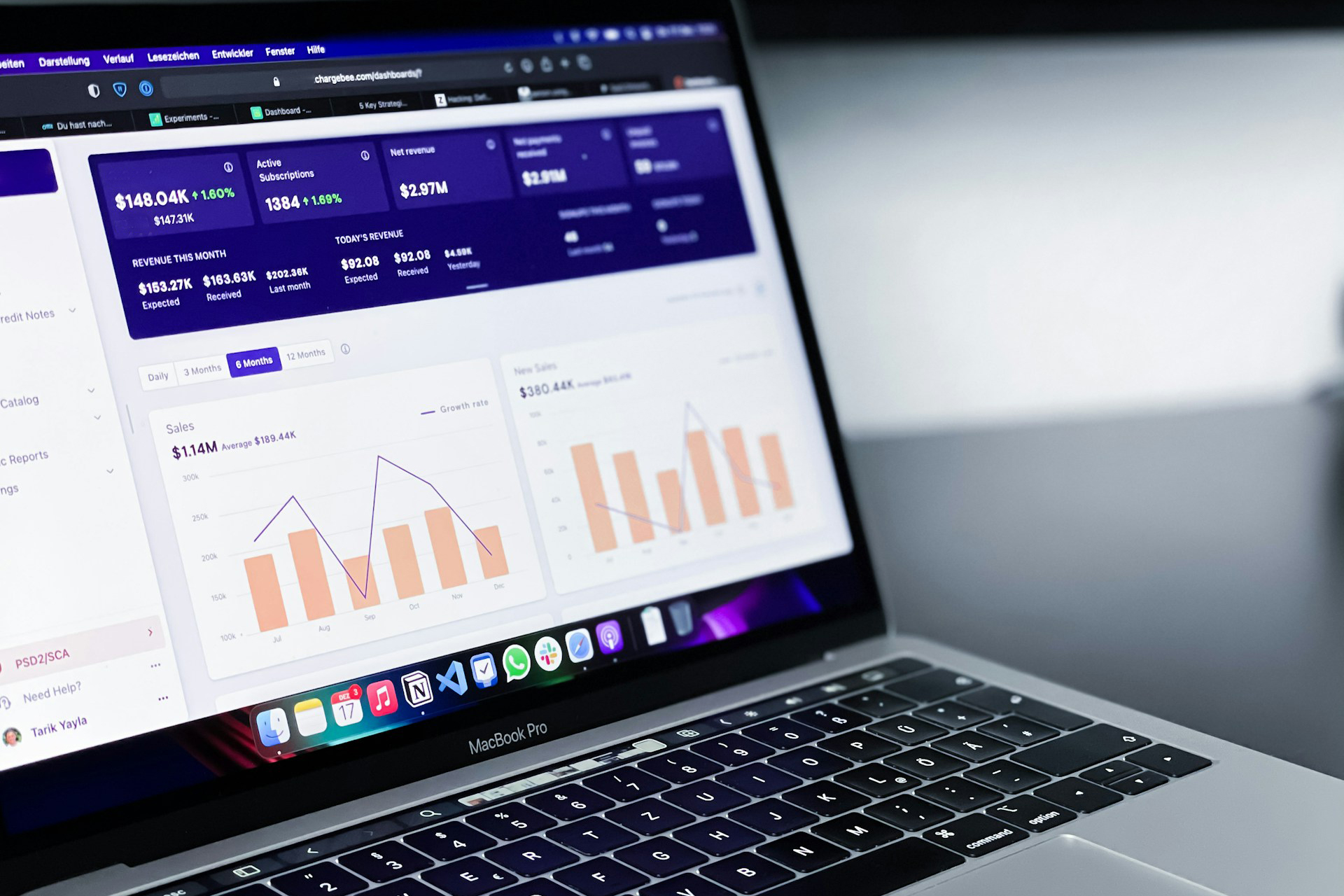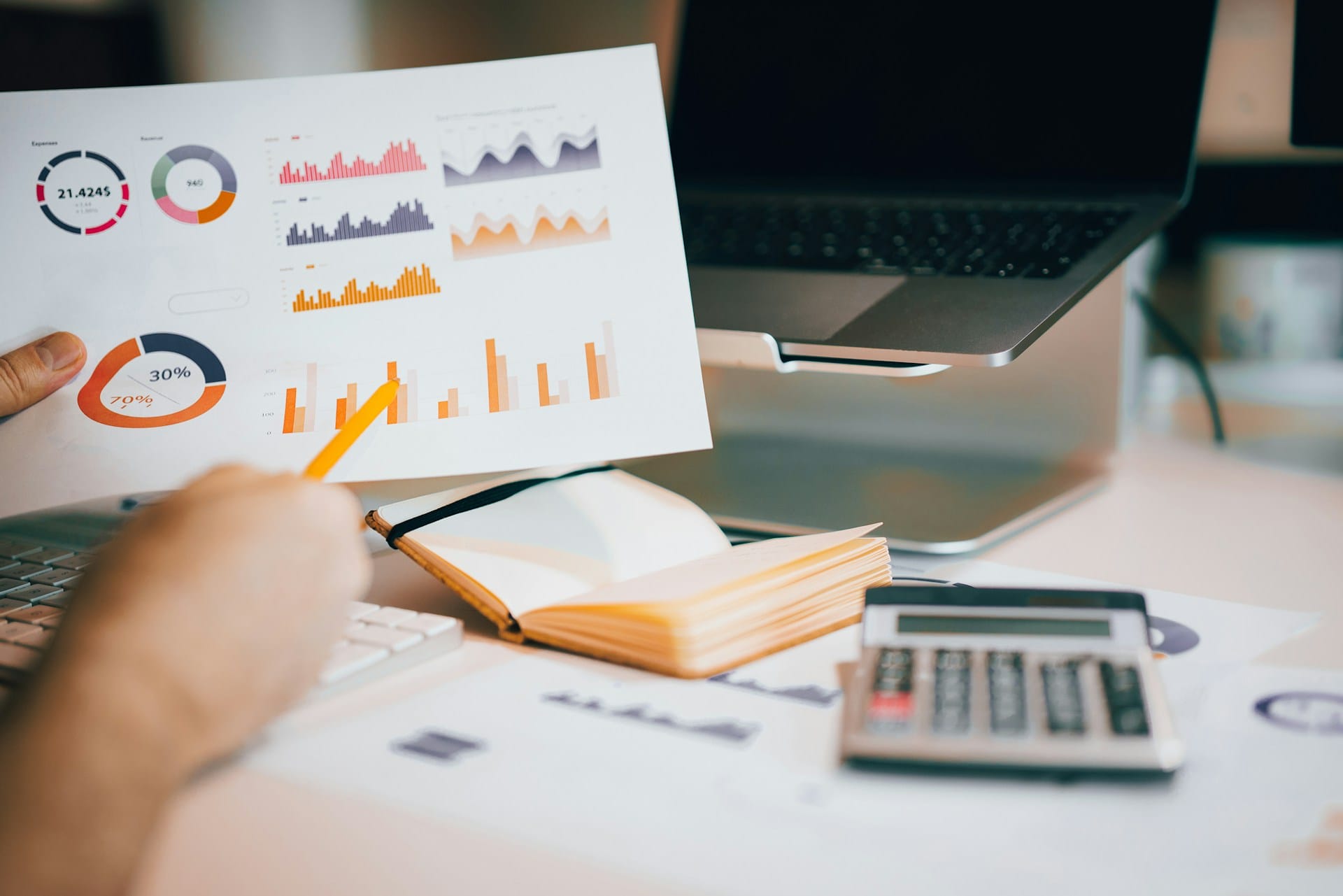A company does not only have profit and revenue. It also has a long list of fixed and variable business expenses. Expenses (recurring or not) that should be adequately tracked so that you, as a professional or a small business owner, don’t have to face unwanted surprises and unpleasant bumps on the road. Methodical business expense management can save you from any future financial trouble. So, the critical questions you ask yourself are “Do I know how to track business expenses?” and “Which are the expenses categories I should be tracking?”
The recipe to success is to have a balanced overview of your business expenses categories (recurring or not) and your earnings. So you need to exercise your expense control skills. The following steps will take you on a journey towards learning how to track business expenses like a pro.
List your business expenses
The first step towards reaching total expense control in your company is to sit down and list them. This way, you will be able to get a general idea of the cash pouring out of your business. Think of all the different expense categories, gather receipts, and check bank account statements to fill in your expense list.
Learning how to track business expenses presupposes that you are familiar with the essential expenses categories. So, before getting down to business, let’s go through the three basic ones.
Fixed expenses
The first category is quite straightforward; the definition of fixed expenses includes the ones that do not change easily and have a recurring character, mostly on a monthly basis. Even though they take up a big part of your budget, they do not hold any surprises and thus are easier to plan how to pay them. That’s why, when creating a budget, log your fixed expenses since they are stable and foreseeable.
Some usual fixed expenses are your mortgage, rent, internet and (cell) telephone bills, insurance, employees’ salaries, subscriptions, loan payments, and marketing costs. One-off capital expenses like pieces of furniture, specific work-related tools, and machines belong to this category too.
Variable expenses
Judging from the word “variable”, they are not as steady as fixed expenses. Their frequency varies. However, the important fact about the variable expenses is that you have control over them. They are expenses that you choose to make in order to cover specific needs. Raw materials, utility costs, transaction fees, or commissions are costs that are not fixed and tend to increase or decrease according to the size and extent of your business activities. Count in your variable expenses, oil, electricity, and gas since they fluctuate based on rates and usage.

To know how to calculate variable expenses, you need to employ the variable expenses formula seen below. For example, let’s say that you want to find out how much the variable cost per unit is. If your total production cost (labor/ utilities/ materials, altogether) is 100.000 dollars and the units produced are 2000. Then, you divide 100.000 by 2000, and the result is 50. The number 50 is the variable cost per unit.
Periodic expenses
This category includes expenses that are the most difficult to foresee and handle since they can throw you off-guard. This may happen since they are not monthly based, but they come once or twice a year. Some standard examples of expected expenses are insurance premiums, property/ quarterly taxes, and annual vehicle registrations amongst others. So, it’s in your best interest to put a certain amount of money aside and cover this kind of expense.
Periodic expenses also entail some expenses that can admittedly catch you off guard. Typical examples are maintenance costs, vehicle repairs, and any kind of unexpected expenses, not because they will never occur but because you can pinpoint their time of occurrence.
Normally, you would remember to make a list of fixed and variable expenses. The periodic ones are the ones that you cannot precisely predict, but you can always be far-seeing by saving up for that rainy day. So, this leads us to the second step any entrepreneur should take.
Add spending you would typically ignore
Indeed, doing business is not an easy thing. Especially if you have to keep track of all your expenses by yourself. However, in the process of juggling all the different responsibilities at work, costs that should be on the radar may be overlooked. This way, you may lose tax deductions and allowances that may apply to your expenses according to the tax system of the country of residence. Thus, your expense control should be as strict as possible to make sure that nothing falls through the cracks.
Most of the time, the types of business expenses that can go unnoticed are not the ones on the list with the fixed expenses or the one-off capital. The ones that slip are travel, food, and vehicle costs. As a businessperson, you shouldn’t also forget expenses like loan payments, marketing costs as well as insurance fees. It would be easier if you worked on grouping expenses to be up to date with everything. For example, you can list your fixed and variable expenses. You can even break them down even more into employee expenses, equipment/supplies as well as advertising and promotion if you run a creative agency. This process may seem like a lot, but it will actually help you in the long run, trust us.
Start using an expense management tool
After you’ve gathered all the necessary information about expenses, it’s time to improve your workflow. Think about employing someone else to do the hard work of filing and tracking your business expenses, on your behalf. There comes software like Elorus that manages your time, your invoices, and the thing you need the most, your expenses. Imagine a world where your receipts are reserved on a cloud and your expenses are safely stored without any need to keep big heavy folders in your office. The only difference is that it’s not a fantasy anymore. The market offers various choices for expense management software ready to satisfy your needs. Therefore, check out the business expense management system that Elorus has to offer and start sharing the burden of your expenses with it.
Build your online expense library
So, let’s say that you’ve decided on your business expense management platform and it’s Elorus. The ongoing process of submitting your expenses to keep them safe begins. The handiness of the expenses form is really something. You only need to fill in a date, the exact amount, and a business “expense category” (we’ll explain in a bit). If you are an avid fan of visual content, be sure to upload your receipt. The documents of your spending will always be safe on your cloud. Not in a drawer, not in a dossier, but in the private online space that Elorus provides you with.
Another new interesting featurette is that apart from the “recurring invoices“, you can automate your expenses by turning them into “recurring expenses”. This way, you don’t have to remember everything all the time. Elorus will send you reminders about the payments you should make and will also generate the needed expense records.
Use extensive reporting to gain insight
The last and most impactful part of your business expense management is the beneficial use of the reporting. However, to gain useful insight, you have to compose detailed reports. Staying on top of your expenses will give you the chance to track changes, excess spending, or the emergence of new ones.
Remember we’ve said before that it’s important to categorize your expenses properly? The function of the business “expense category” has various enlightening extensions when the categorization is as it should be. Your expenses reporting system comes along with charts showing an overview of all you’ve spent. The pie chart is color-coded. Pick a shade for each business “expense category” so you can distinguish them easier.
Therefore, the primary benefit of expense management software is that it simplifies the process of reporting, and saves time, and manual labor. Detailed reporting will also help you, the accountant, or the manager when it’s time to deal with them. The long-term advantage is that it can help you build a rock-steady business infrastructure by thoroughly monitoring your expenses (recurring or not). This way, you will always stay within budget, reduce needless spending, and detect business billable expenses that go unnoticed but impact your company’s welfare.
All in all, administering your company is tough. A business expense management software can contribute to the betterment of your financial state. It can also help you wise up if you are careless with your expenses. From automating your “recurring expenses” to categorizing your fixed and variable costs, your company will benefit greatly. So, prepare yourself to become a masterful expense manager and witness your company prosper and thrive.






